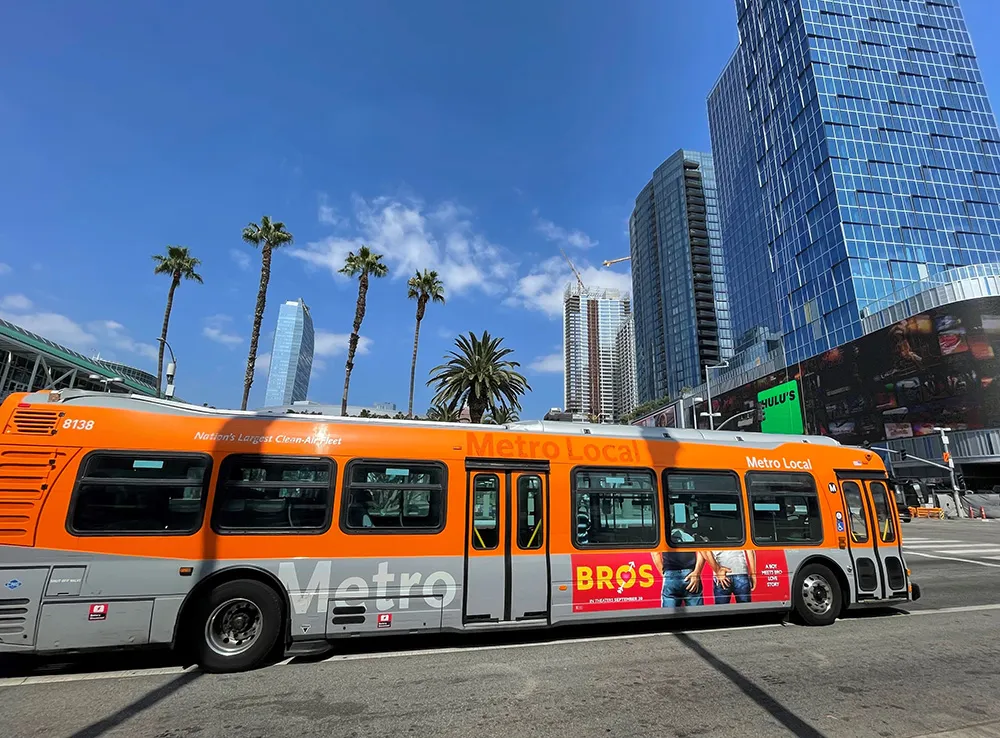Final preparations are taking place for the M25 to become England’s first smart motorway, improving journeys and boosting the economy.
Two sections of the motorway opening this month and next are between junctions 23 and 25 in Hertfordshire and between junctions 5 and 6/7 on the Kent/Surrey border.
For the first time on a motorway scheme in England the hard shoulder will be used as a permanent traffic lane, with enhanced technology to manage traffic flow to improve the reliability of journey times.
April 11, 2014
Read time: 2 mins
Final preparations are taking place for the M25 to become England’s first smart motorway, improving journeys and boosting the economy.
Two sections of the motorway opening this month and next are between junctions 23 and 25 in Hertfordshire and between junctions 5 and 6/7 on the Kent/Surrey border.
For the first time on a motorway scheme in England the hard shoulder will be used as a permanent traffic lane, with enhanced technology to manage traffic flow to improve the reliability of journey times.
The improvements, spanning some 20 miles of the M25, are part of a new generation of technology-driven improvements on the strategic road network known as ‘smart motorways’.
The advance on the M25, which will be repeated on other motorways, is the permanent conversion of the hard shoulder for traffic, providing 24/7 extra capacity.
John Martin,503 Highways Agency senior project manager said: “Around US$3 billion is being invested into roads in the south east by 2021 with 145 new lane miles of capacity added. Most of the work to improve journeys on these stretches in Hertfordshire and Kent/Surrey is complete and we are now testing the new technology. “We are delighted to be able to open the first part of the northern section ahead of the planned full completion in December 2014. The southern section is completing significantly earlier than planned due to rescheduling of the programme.
“Soon the smart motorway will be complete and we are now asking drivers to get smart and find out more about how to use it, the types of signs and signals they will see and what to do in the event of a breakdown. “This really is the start of a new age on England’s motorways.”
Two sections of the motorway opening this month and next are between junctions 23 and 25 in Hertfordshire and between junctions 5 and 6/7 on the Kent/Surrey border.
For the first time on a motorway scheme in England the hard shoulder will be used as a permanent traffic lane, with enhanced technology to manage traffic flow to improve the reliability of journey times.
The improvements, spanning some 20 miles of the M25, are part of a new generation of technology-driven improvements on the strategic road network known as ‘smart motorways’.
The advance on the M25, which will be repeated on other motorways, is the permanent conversion of the hard shoulder for traffic, providing 24/7 extra capacity.
John Martin,
“Soon the smart motorway will be complete and we are now asking drivers to get smart and find out more about how to use it, the types of signs and signals they will see and what to do in the event of a breakdown. “This really is the start of a new age on England’s motorways.”










